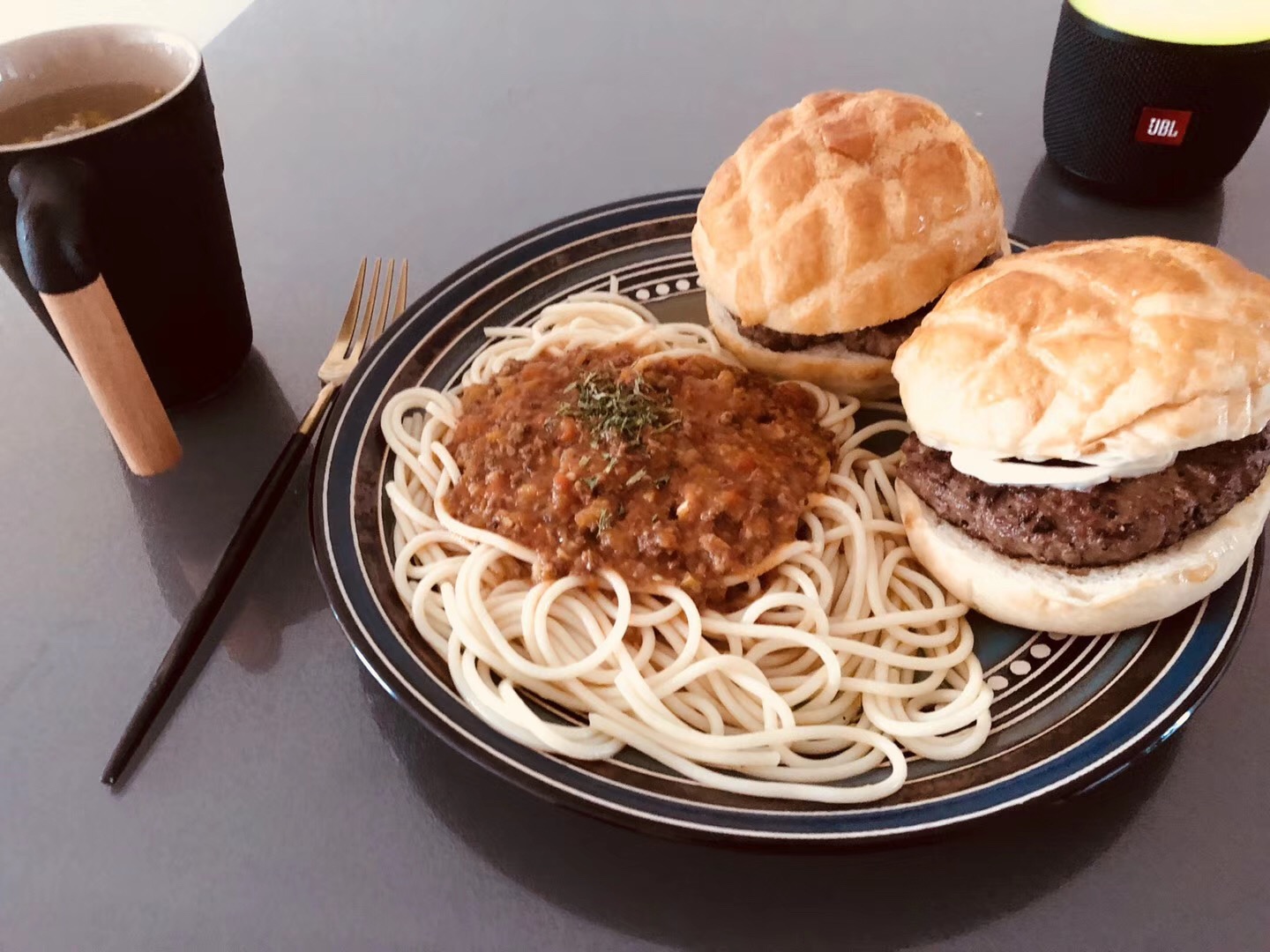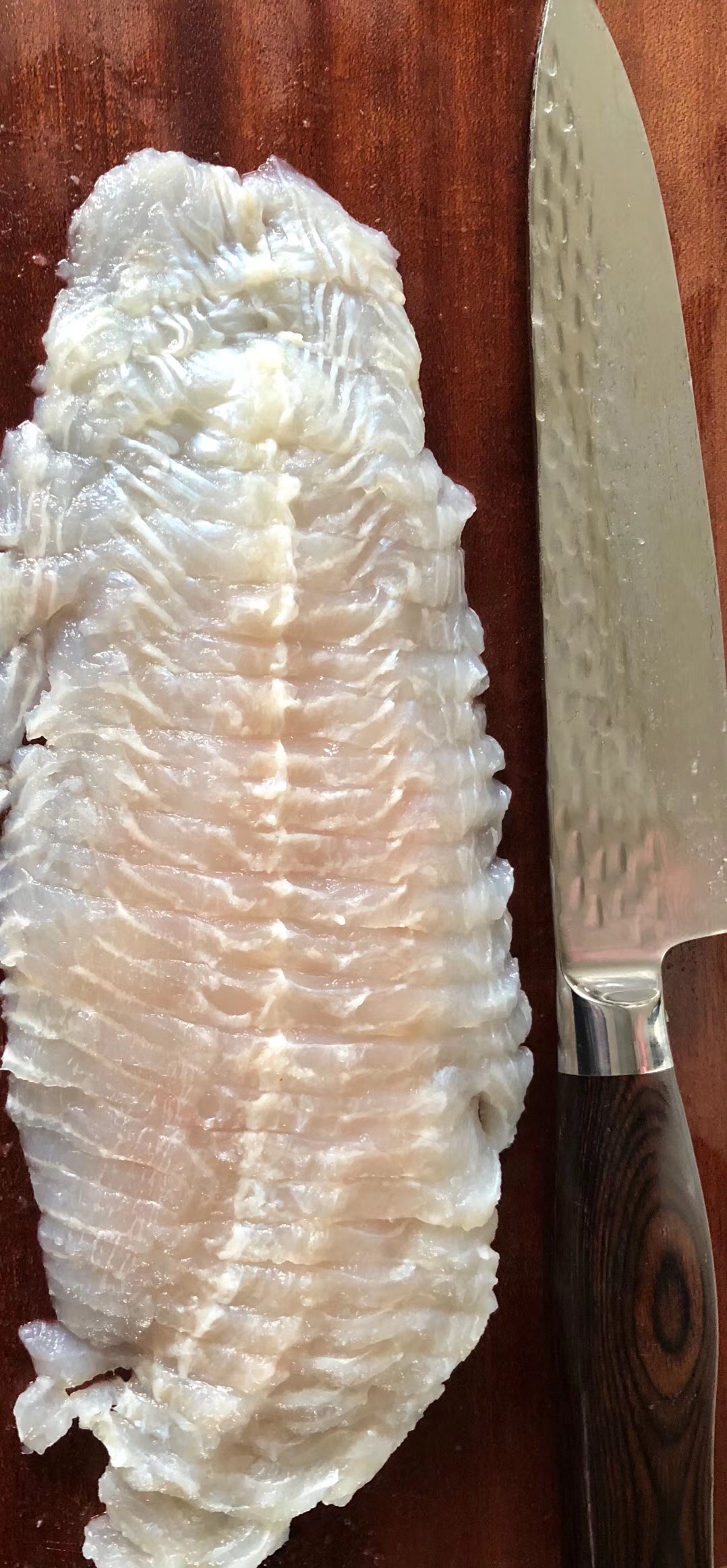The Young Chinese Foodie Culture
By: Hanzou Bowen, Cindy Cao, Kevin Jing, Max Cao Liang, Luna Lin & Francis Ye
In collaboration with: Daniel Otero
The young people of China are going further and further; travelling farther and farther. Experimenting more and more with what the planet has to offer. This globetrotting generation is developing their own quest for food adventures and something that will possibly take them a lifetime. Therefore, they are experiencing with their taste buds the different parts of China and abroad.
Photo courtesy of Hanzou Bowen
These young minds we focus upon today are learning how to ‘c’est la vie’ (enjoy in a way, by saying, “That’s life!”).
Giving their points of view on different kinds of foods. Ah, the nostalgia, how to make and enjoy their favourites; whether it is experienced on Chinese soil or other places.
Chinese cuisine is an important part of these young people and their culture; also known as Chinese-food culture. Just a kind of food, there are thousands of different ways to prepare. Different people make a 1,000 different tastes.
Photo courtesy of Hanzou Bowen
We can all agree and start with tastes. Without it, it’s almost impossible to experience the love for food and foodie culture.
What Hanzou mentions below makes plenty of sense when it comes to food and the importance of taste; as it becomes the essential part of all our cultures.
“Foods are capricious, but no one dish of food has no taste. Even including the Japanese sashimi, it’s also has the fish flavour and still needs to be sauced with wasabi.
Taste of foods has two elements, raw materials and seasoning. Condiments include spice and seasoning. Controlled condiment to perfection means, you are more than halfway into the preparation of the dish.
Curry can be a really good example for my paragraph. Curry uses the most materials in spice. The spice has thousands of changes, like salts in different places and it has different tastes. The curry in different countries also has different tastes too. Such as: Japanese curry, made of apple and lightly spiced. Japanese people usually like the light food and mild taste. Indian curry has the heaviest taste and colour, it’s because India is a spice powered country and Indians are obsessed with spices. Thai curry is also different, it tastes sour. It’s the symbol of Thai foods. Thai like lemon so much: like the fish in Japan, the beef in the USA, and the rice in China.
Taste is a really a mysterious subject as the bottom of the ocean. It’s still has the spices we don’t know. People even can create a new condiment to their liking by the strong technology we have now.”
Luna carries on, struggling between the past memories and contemporary moments, as she presents her culinary experience when she was in Bristol, England: “I like noodles best, because I can add many favorite spices and side dishes. But the bowl of noodles that I miss most is not the best, but impressive. In 2018, during the summer vacation, I went to England for two months for my IELTS. I met a very, very good boarding family.
To tell you the truth, before we went to England, we were very worried about the food habits.
My home-stay mother was Jan.
Jan had been trying to learn Chinese cooking techniques for years.
She’s a very reserved woman, with only a few friends.
She then soaked the noodles in hot water. Stir-fried the cucumber, carrot, vegetable and sauce together; then mixed the noodles together. It does seem like a very common noodle, and sometimes it’s not completely cooked.
When I returned to China to cook this dish, it had no taste at that time. The reason, I missed this dish was probably Jan and my time in England. I hope one day we can meet once again and enjoy this dish together!”
“Hi, I’m Cindy and I love to watch movies at home, but I prefer to eat snacks when watching movies. I really enjoy eating fried chicken when I’m resting.
Fried chicken is a fast food. Yeah, yeah, it may be fatty and not healthy for me, but it’s very delicious!
And I want to teach you all how to cook Fried chicken.
First, you can go to the supermarket to buy some wings of chicken and Montreal-Chicken Seasoning. Wash them and drain chicken wings with kitchen tissue and use a fork or other sharp object to make several holes in the wings. And then, put salt, ginger, garlic, black-pepper marinate. Marinate the corn starch, shake off the excess starch in an egg-liquid wrap; finally, put bread crumbs wrapped, place it on the plate and get ready. Next, turn on the heat and pour in the right amount of oil. When the oil is hot enough, add the chicken wings into some bubbles and fry until both sides turn yellow. Turn off the heat and fry for about 5 minutes. Then, remove the wings, squeeze in your favorite sauce, like: tomato sauce, or chicken wings with cheese on top!
Sounds yummy, right?
If you don’t like cooking, you can take-out food in the restaurant. It’s also very convenient.”
“Thank you, Cindy. Carrying on, I’m Kevin and below I want to give my take on the food culture of salmon.
Salmon, this glorious fish is mainly distributed in the Northern Pacific Ocean and Europe, Asia, North America. The best quality salmon is found in Alaska and England.
It is one of the more commonly used fish ingredients in western foods. Super, indeed!
Salmon migrates 3,200km along the Yukon River during pregnancy and returns to the sea in spring. Salmon migrates to rivers, and their kidneys and other organs have to adapt to the sudden salt shortages, because of their sudden exposure to fresh water. Normally, when they enter a river, they stop eating or even drinking water, and they push upstream on the strength of their stored energy. Most salmon cannot swim back out to sea after laying eggs. Salmon begins to lay eggs in September and October, when they have more roe.
The latter above is the background; now below, is how to enjoy it!
Smoked salmon: peel and dry salmon. Pat on the white wine and gently massage. Combine the kosher salt, dill, black pepper, vanilla, and coriander seeds. Rub them over the fish. Cover fish skin with plastic wrap and refrigerate for 2-hours. Remove the salmon, remove some of the kosher salt, and place it on a foil. Place the seasonings and portions in an iron pan. Put the iron pan on the fire to heat it up sufficiently. Place in a smoked box immediately after the fire goes out, close the lid and seal for more than 2-hours. Finally, remove the salmon and cut into appropriate portions.
If you want something simple, slice the salmon and sprinkle it with lemon juice. I could say more, but this is all for now!”
Photo courtesy of Hanzou Bowen
“Hey guys, I’m Francis and I stuck with traditional foods [in China] like hotpot…
Hot pot is a traditional-Chinese food and it is popular in the whole of China, people who live in different parts of the country developed different types of hotpot; things which are not changeable is–people in China think hotpot is an integral part of their lives/culture.
First, hotpots are eaten by workers who work on the river. When it was cold and wet in an area, so hotpot with spicy food can help them keep warm. And the food inside the pot are the innards of the cow, as there are quite cheap and even sometimes nobody wants to eat them.
Therefore, these parts later became the food for the poor people.
Nowadays, hotpot can be divided into different types: the traditional spicy hotpot is in Chongqing, Sichuan. It is usually full of oil and tasted really spicy, most Chinese think this type of the hotpot is not good for the human’s body; so the major type of hotpot are the clear and spicy soups. People reduce the amount of oil. In Beijing, another type of hotpot is popular, the mutton hotpot is the best choice in winter. The Beijing people always have a cup of white spirits. Guangdong people have a kind of hotpot; which is made of porridge, it tastes much lighter than other hotpots.
Hotpot is a nice food to help people remember a warm night and stay with family or friends. It is the reason why Chinese people like hotpot so much!”
“Hello, to continue, I’m Max and my favourite dish or dishes are with eggs. What’s an egg, but an egg? Ah, greatness in simplicity…
As the name suggests, an egg is an egg and laid by a chicken. It’s high in protein.
Eggs are a wonderful food, and it makes millions of dishes. I once saw a movie called, ‘Like You’, which made many different dishes with eggs.
We eat eggs every day, such as: we eat boiled eggs, scrambled or fried eggs in the morning.
I love eggs, maybe I love its taste and it is easy to cook.
Eggs are not only low-end ingredients, but also used in many high-end dishes. Eggs are very cheap, but they can make very good food. Such as: cake, omelette and scrambled eggs with tomatoes, etc.
Some people don’t like eggs, because eggs have a fishy taste. You can add wine, garlic or onions to your cooking. It’s all about making eggs this unique dish your own!”
This new foodie generation is growing exponentially in the palate. We hope they can continue to blow our minds with great dishes, the culinary arts and recipes from the world around.
Nothing is sweeter when it comes to food, its preparation and finding all the alternatives in enjoying dishes locally or around the international spectrum of the world.
That is why, this young-Chinese foodie culture is here to stay!









